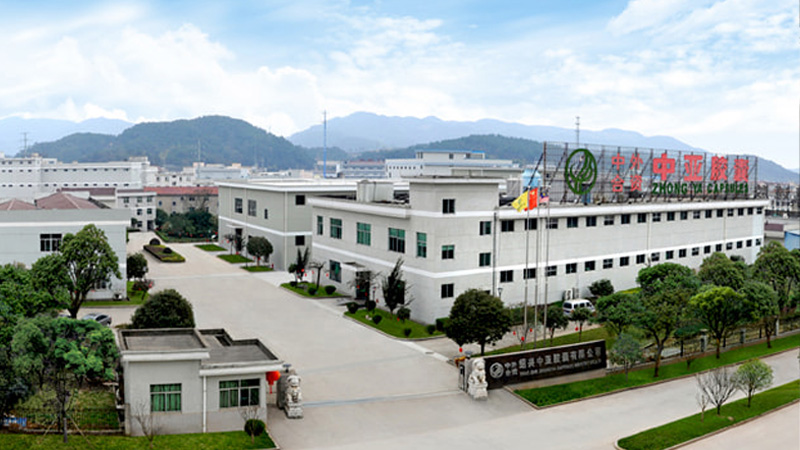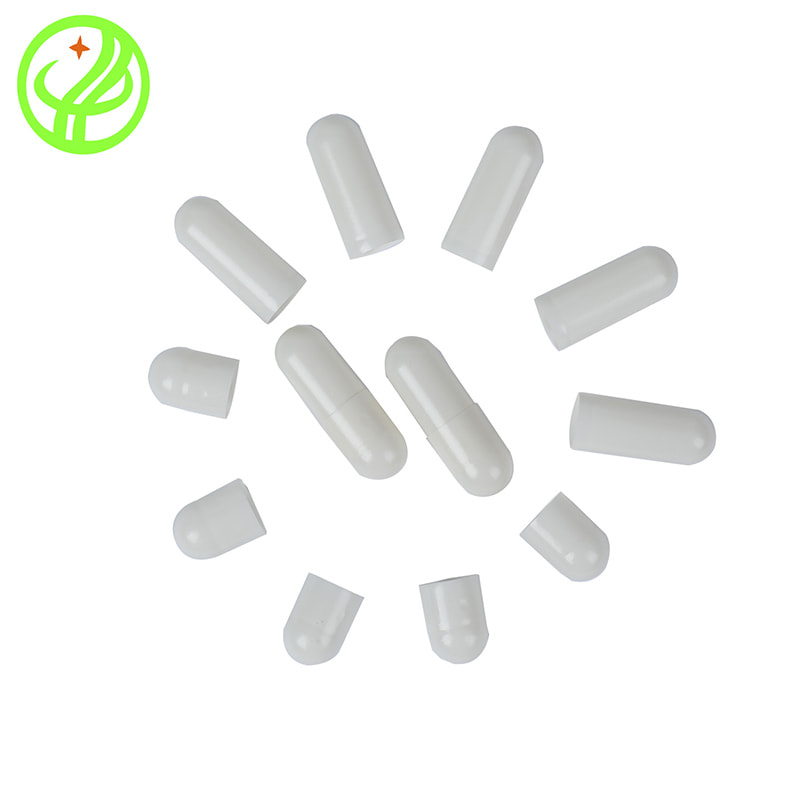Product Consultation
Your email address will not be published. Required fields are marked *


Capsules are usually divided into hard capsules and soft capsules. Hard capsules, also known as hollow capsules, consist of two parts of the cap; soft capsules are processed into products with film-forming materials and contents at the same time. According to the raw materials, hollow capsules generally include: gelatin hollow capsules and plant hollow capsules. At present, the large-scale production of plant hollow capsules in China is mainly hypromellose hollow capsules. Therefore, the current domestic hollow capsules are mainly gelatin hollow capsules and hypromellose (HPMC) hollow capsules. Empty capsules for comparison.

First, the raw materials used are different. The main component of gelatin hollow capsules is high-quality medicinal gelatin. Gelatin is derived from collagen in animal skin, tendons and bones, and is a protein that is partially hydrolyzed from the collagen in animal connective tissue or epidermal tissue. The main component of HPMC hollow capsules is 2-Hydroxypropyl Methylcellulose, which is usually made by etherification of cellulose made by plant hydrolysis. Due to religious beliefs (Judaism, Islam, etc.), eating habits (vegetarianism), the demand for advocating green nature, and the prevention of animal-derived diseases (mad cow disease), the use of plant capsules in the world is increasing year by year.
Second, the chemical structure stability of the capsule shell is different. Lysine remains in the gelatin, the adjacent lysine residues are oxidized and deamination to form acetaldehyde groups, and the aldehyde amine condensation reaction generates pyridine ring and cross-linking, so gelatin is used as the capsule material, and the capsule is placed in the process There is a delay in disintegration. HPMC is part of the methyl group and part of the polyhydroxypropyl ether of cellulose, which has stable chemical properties and will not undergo cross-linking, so there will be no delay in disintegration. In addition, some groups containing aldehydes, reducing sugar compounds and vitamin C in the contents will react with the amino or carboxyl groups in gelatin, and affect the disintegration of the capsule shell and affect the stability of the drug. Therefore, this type of drug is not Suitable for the use of gelatin hollow capsules. Gelatin contains groups such as carboxyl and amino groups, so the capsule shell has an electrostatic effect. During the drug filling process, the capsule shell is prone to adhesion and easy adsorption of the contents. The HPMC capsule shell has little or no electrostatic effect.
Third, the water content is different. Under the conditions of 20~25℃ and RH 40%~60%, the water content of the shell of the gelatin hollow capsule is about 13%-15%, and under this condition, the water content of the shell of the hypromellose hollow capsule is about 4%~6%. Gelatin hollow capsule shells will become brittle when the water content is lower than 10%, while HPMC hollow capsule shells will not become brittle even when the water content reaches 1%. Excessive water content has a great influence on the stability of moisture-sensitive drugs. For the content with strong hygroscopicity, if the gelatin hollow capsule is used, the water will migrate from the capsule shell to the content, and the decrease of the water content of the capsule shell will make it hard and brittle, which will cause the delay of disintegration, while the HPMC hollow capsule does not have this phenomenon.
Fourth, the coating performance is different. The surface of HPMC hollow capsules is rougher than that of gelatin hollow capsules, and its affinity with most enteric coating materials is significantly higher than that of gelatin. The adhesion speed and uniformity of the coating materials are significantly better than that of gelatin, especially for the body-cap joint coating. Reliability is significantly improved. Gelatin is not suitable to use ethanol and other organic solvents that can easily deform the gelatin. HPMC is chemically inert and can be used for water-based coating and ethanol and other organic solvents. The good coating performance of HPMC gives it obvious advantages in the preparation of sustained and controlled release coated capsules and targeted formulations.
Fifth, the additives are different. The main component of gelatin hollow capsules is protein, so it is easy to breed bacteria and microorganisms. Preservatives and antibacterial agents need to be added during the production process, so there may be residues on the capsules, and ethylene oxide should be used before packaging the finished product. Ways to sterilize to ensure the microbial control indicators of the capsule. The HPMC hollow capsules do not need to add any preservatives during the production process, and do not need to be sterilized by ethylene oxide.
Sixth, the storage conditions are different. Tests have shown that HPMC capsules are almost not brittle under low humidity conditions, do not generate static electricity, and their properties are stable under high humidity conditions. They can be stored in all climatic zones and transported. Gelatin capsules are prone to adhesion under high humidity conditions. They lose water and harden or become brittle under low humidity conditions. They are highly dependent on the temperature, humidity, humidity and packaging materials of the storage environment, and even have higher requirements for transportation. In summer, a refrigerated truck is needed to ensure the quality of the capsule.
In summary, HPMC hollow capsules have obvious advantages over gelatin hollow capsules in many aspects. Although it is not possible to replace the leading position of gelatin hollow capsules in a relatively short period of time, they are used in medicine and health food. There is bound to be a faster growth trend.
Your email address will not be published. Required fields are marked *
If you would like to learn more about our products, please feel free to contact us and we will do our to assist you.
No.1 Tianzhu 3rd Road, Dufu Town, Xinchang County, Zhejiang Province
86-575 8606 0065
86-159 8825 2009
+86 159 8825 2009
+1 380 215 7432
